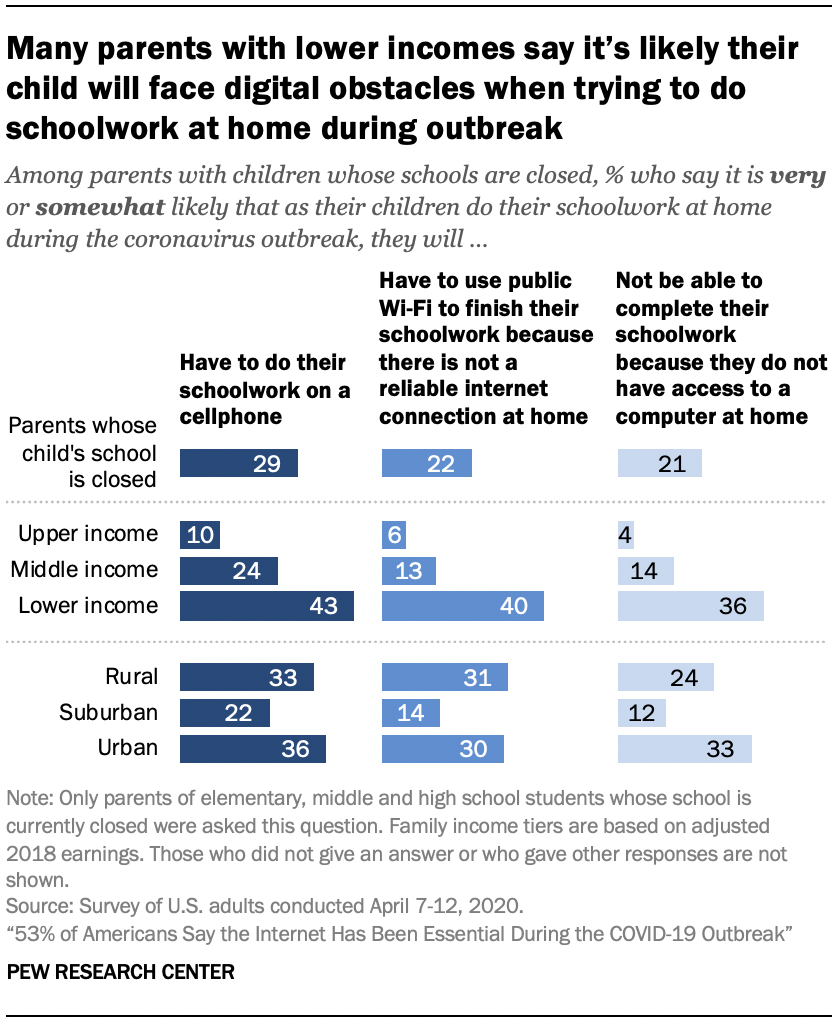Within the past year, COVID-19 has created large lifestyle and mental health disruptions, and education was no exception.
During the peak of the pandemic in April 2020, 91% of the global student population was affected by school closures, which is approximately 1.6 billion students in up to 194 countries. Although the school year has changed for most, COVID-19 was helpful in studying the role of technology in education and how well students and teachers could adapt to different learning environments.
As schools around the world have shut down and are just now phasing into in-person instruction, we have seen incredible amounts of effort towards the use of technology in support of online learning. But how effective really is technology in education? Although this change has provided a source of continuity for students, there have been several barriers, such as lack of teacher preparedness and student access to online resources, blocking remote learning from its full potential.
For technology to be effective in school, teachers have to be prepared by understanding how to use it and properly work it into instruction. According to the OECD Teacher and Learning International Survey, only 60% of teachers have received professional development about the use of internet and technology, while 20% report needing help in this area. These numbers suggest that over half of the teacher population is not equipped enough to deal with this new delivery of education. All teachers, especially those that work with disadvantaged students, need to be trained to support and actively engage students during a time that requires self-motivation, resilience, and parental support.
The pandemic has also exposed many inequities, particularly the extreme digital divide. Compared to students from low-income communities, it is easier for those with privileged backgrounds to find alternative learning opportunities.
Students living in poverty are more likely to share devices and have less access to high-speed wireless internet in their homes. This leaves students with limited resources academically and economically behind.
According to a Pew Research Center Poll taken by households with children learning at home, 21% report that it is very likely or somewhat likely their children will not be able complete their schoolwork, 22% report their children must use public wifi to finish their schoolwork because there is not a reliable internet connection at home, and 29% report that it is at least somewhat likely their children will have to do their schoolwork on a cell phone. In addition to these sobering statistics, the results for specifically lower-income parents are worse.
Although many factors have prevented successful online learning, there have been minor improvements. This includes teachers’ ability to use technology, troubleshoot problems, and connect with students on a 1-1 basis. Unfortunately, these positives do not outweigh the negatives, and it is important to bridge the digital divide that the pandemic has revealed.
COVID-19 has shown that technology can amplify good teachers’ work, but it can’t exactly replace it. Should technology only be used as a tool in the classroom? How will tecnhology be used when life goes back to normal?

